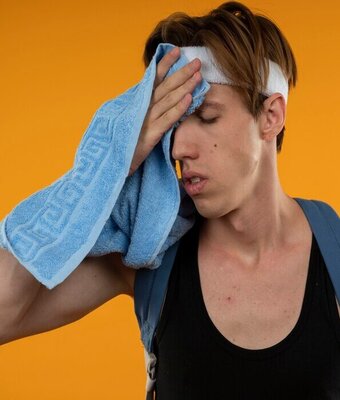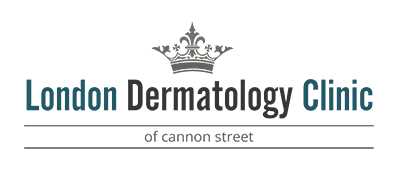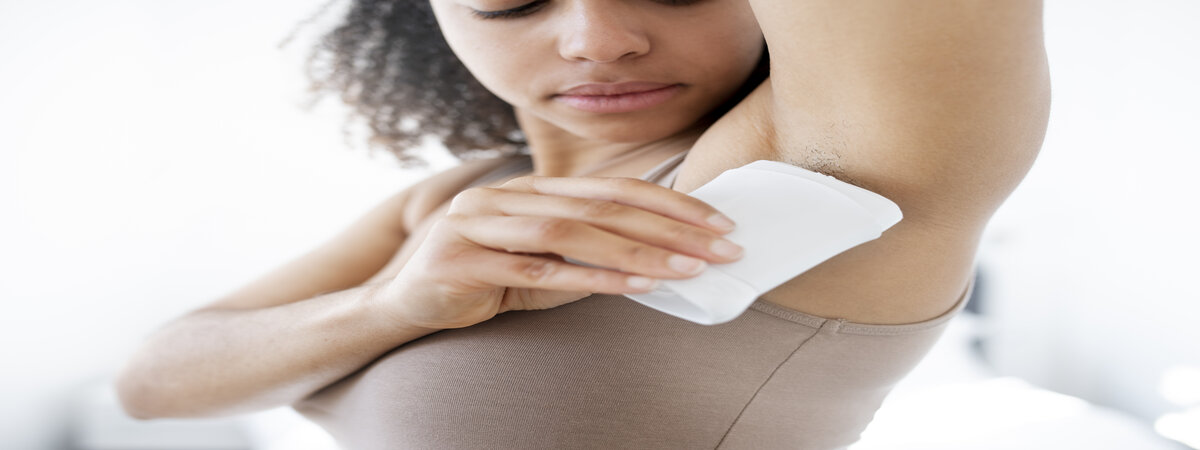
Managing Hyperhidrosis: Effective Treatments
Sweat serves various essential functions, from regulating body temperature and eliminating toxins to defending against illness-causing bacteria. However, for some individuals, sweat can pose additional challenges.
It can lead to uncomfortable chafing, skin blistering, clothing stains, and even profound social anxiety. Exceeding its primary duty, indeed.
If you find yourself grappling with excessive sweating that has begun to disrupt your daily life, you may be among the estimated 365,000,000 people worldwide who are affected by Hyperhidrosis.
Understanding Hyperhidrosis
Hyperhidrosis is a medically recognized condition characterized by the excessive production of sweat, most commonly occurring in the underarms, hands, and feet. While often hereditary, it can also signal underlying health issues such as diabetes, hyperthyroidism, or heart disease.
Think of Hyperhidrosis as a malfunction in your body’s internal thermometer. It’s a result of misinterpreting external temperatures, causing your body to initiate sweating unnecessarily. In essence, your body’s natural cooling mechanism has gone awry.
Hyperhidrosis sufferers invest considerable effort in managing their symptoms. This can involve avoiding triggers like spicy foods, alcohol, or warm weather, excessively bathing, or even withdrawing from social activities. At our center, we believe that quality of life should never be compromised, and we’re here to help you regain control over Hyperhidrosis.
Treating Hyperhidrosis
Tailored treatments for your needs
Several approaches can be employed to address Hyperhidrosis, each with varying levels of effectiveness:
Strong Antiperspirants: These often contain low concentrations of metal salt, such as aluminum chloride, which effectively obstruct sweat gland ducts. They are available over the counter or by prescription from a medical professional.
Oral Medications (Anticholinergics): These can be effective for generalized sweating but may not be ideal for those with excessive sweat in specific areas.
Laser Treatments: Target and permanently eliminate specific sweat glands. This ablative treatment prevents sweating from a particular area of the body.
Surgical Intervention: In severe cases, surgical procedures like Endoscopic Thoracic Sympathectomy (ETS) may be considered. However, it carries risks and often leads to ‘Compensatory Hyperhidrosis,’ where sweating issues occur in new areas of the body.
Botox: Our preferred choice. Botox is a cost-effective and reliable method for treating Hyperhidrosis. The procedure takes approximately 30-45 minutes and provides up to a year of relief.
Botox works by blocking nerve signals from the brain to sweat glands, typically in the armpits, hands, or feet. This prevents sympathetic nerves from triggering the typical sweat response, significantly reducing sweat production in the problem area. Many patients report an up to 85% reduction in sweat production after treatment.
If you’re seeking effective hyperhidrosis treatments, don’t hesitate to reach out to our dermatologists in London. Our experienced team is here to provide you with personalized solutions tailored to your needs. To take the first step toward relief, book a consultation with us today and discover how we can help you regain control over excessive sweating.
FAQ
What is the recovery time for hyperhidrosis treatments?
Recovery times depend on the specific treatment. Non-surgical options like Botox have minimal downtime, while surgical procedures may require more extended recovery periods.
Are these treatments suitable for all types of hyperhidrosis?
Our dermatologists will assess your condition during the consultation to determine the most appropriate treatment based on your specific type and severity of hyperhidrosis.
Is there a minimum age requirement for hyperhidrosis treatments?
While age requirements can vary depending on the treatment method, our dermatologists will consider each case individually, ensuring safety and suitability.
Can I return to my daily activities immediately after treatment?
In most cases, you can resume your regular activities soon after non-surgical treatments. Surgical procedures may require some downtime, which will be discussed during your consultation.


